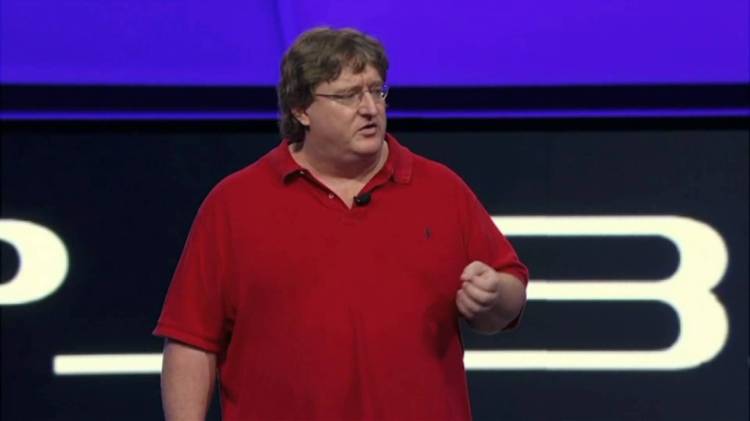Don’t expect any hands-on reports with Valve products from the Electronic Entertainment Expo trade show. The company isn’t planning to have a presence at the show.
The Half-Life and Steam company has told GamesBeat that it is not taking meetings for its upcoming products like the HTC Vive at E3, which begins in a little over a week in Los Angeles. The HTC Vive is the new virtual-reality headset that Valve made in partnership with smartphone manufacturer HTC. It is due out before the end of this year. Valve is also not listed as a participant in the first-ever dedicated PC gaming media briefing, which will take place on the night of June 16. Instead, Valve will likely make use of its own Steam digital-distribution platform and smaller events throughout the year to talk about the hardware and software it is working on.
This means we’re probably not getting a Half-Life 3 announcement — because of course we’re not getting a Half-Life 3 announcement. But it also means that media will have a difficult time getting their hands on the HTC Vive, which is the first virtual-reality headset to run on Valve’s Steam VR platform.
Valve told GamesBeat that some of its partners may show up to demonstrate the Vive, but the company only just started sending out development kits. So it’s not reasonable to expect anyone to have Vive-supported content ready to show in a tough environment like E3.
We did also reach out to HTC, but that company will also not have an official presence on the E3 show floor.
Skipping the biggest trade show of the year is not something new for Valve. The company hasn’t really exhibited anything at E3 since chief executive officer Gabe Newell took the stage with Sony in 2010 to talk about Portal 2.
And Valve obviously doesn’t need E3. It already controls one of the biggest platforms for reaching gamers with Steam. For example, the company started offering preorders for its new controller and for its Linux-based Steam Machine console-like PCs. Valve was able to instantly put those products in front of people by creating a pop-up advertisement that displayed for anyone who started up the Steam client.
With around 8 million people using Steam at any one time — and millions more using it on a daily or weekly basis — Valve can reach just about anyone interested in PC gaming whenever it wants.
VentureBeat's mission is to be a digital town square for technical decision-makers to gain knowledge about transformative enterprise technology and transact. Learn More

